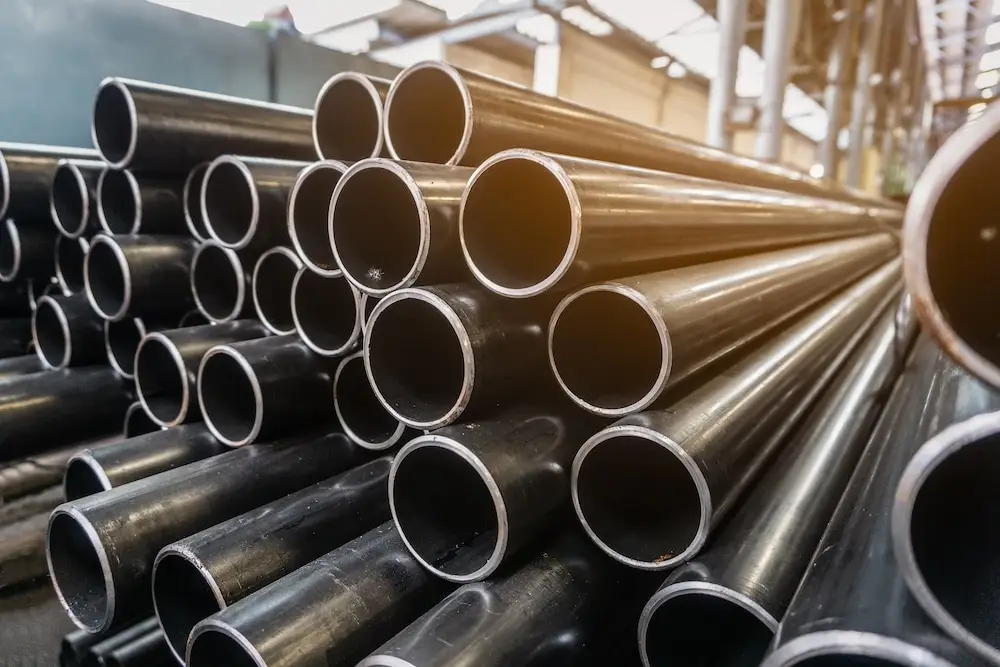
The manufacturing industry continues to face the challenges of a widespread steel shortage. This scarcity isn’t merely a passing inconvenience; it’s a formidable obstacle impacting sectors ranging from construction to automotive and beyond.
Table of Contents
Understanding the steel shortage
The steel shortage has been an ongoing challenge for manufacturers since 2020. Here are a few factors that have contributed to creating and sustaining the shortage:
- Pandemic fallout. The COVID-19 pandemic prompted numerous steel manufacturing plants to halt operations, disrupting the supply chain and leading to the shortage.
- Tariffs and trade wars. Heightened trade tensions and tariffs imposed hurdles, hindering steel imports and worsening supply constraints.
- Workforce reductions. Shutdowns and labor-related challenges led to a reduction in steelworkers, compounding the labor shortage and further straining production capabilities.
- Supply chain disruptions. Mine closures, cyberattacks targeting mills, and personnel strikes added to supply chain disruptions, driving steel inventories to record lows.
Impact across industries
The steel shortage has impacted heavy equipment production and financing. Manufacturers of agricultural, construction, and transportation equipment have been slow to fulfill backlogged orders for nearly four years. Prices and lead times on new equipment are increasing due to many global factors, but the steel shortage is definitely playing a role in making equipment harder to get – and more expensive to finance.
The impact of the steel shortage reverberates across various industries, presenting challenges that include:
- Rising prices. With demand surpassing supply, steel prices have surged, squeezing profit margins for manufacturers and impacting heavy equipment cost.
- Production delays. Extended lead times for steel orders disrupt production schedules, impeding operational efficiency and potentially delaying heavy equipment manufacturing.
- Market uncertainty. Uncertainty looms over resolution timelines, leaving businesses struggling with unpredictable market conditions and supply chain disruptions that may affect equipment financing decisions.
As businesses navigate these impacts, strategic planning and adaptability become even more important for sustaining operations and making informed decisions when considering equipment upgrades. Used equipment prices are rising in the face of new equipment scarcity and cost, which is putting the squeeze on businesses of all sizes.
Potential solutions and alternatives
As the steel shortage persists, businesses are exploring various strategies and alternatives to navigate the challenging market landscape that include:
- Price forecasting. Despite elevated costs, industry experts advise against preemptive price locking, urging businesses to monitor market trends for potential price corrections before committing to significant purchases, including heavy equipment.
- Exploring alternative materials. Amidst steel scarcity, attention is shifting toward potential substitutes such as superglass, titanium, and aluminum. While these materials may not replicate steel’s attributes entirely, ongoing advancements offer potential for viable options in the future.
- Flexible equipment financing options. Large corporations with heavy equipment assets are taking advantage of growing residual value through collateralized revolvers. Those who need to purchase assets are seeking out lease options and purchase options that make the most sense for business growth.
In the face of these challenges, the manufacturing industry continues to answer with resilience and innovation. Equipment financing may not be as simple as it was in 2019, but there are solutions available for businesses of any size that use heavy equipment as part of their business structure.
Equify Financial has teams that specialize in helping large corporations get the financing they need for essential equipment sales, purchases, and working capital. Let’s discuss your needs and make sure the steel shortage isn’t unnecessarily slowing your business growth. We’ll walk you through solutions that work for your business, step by step.
